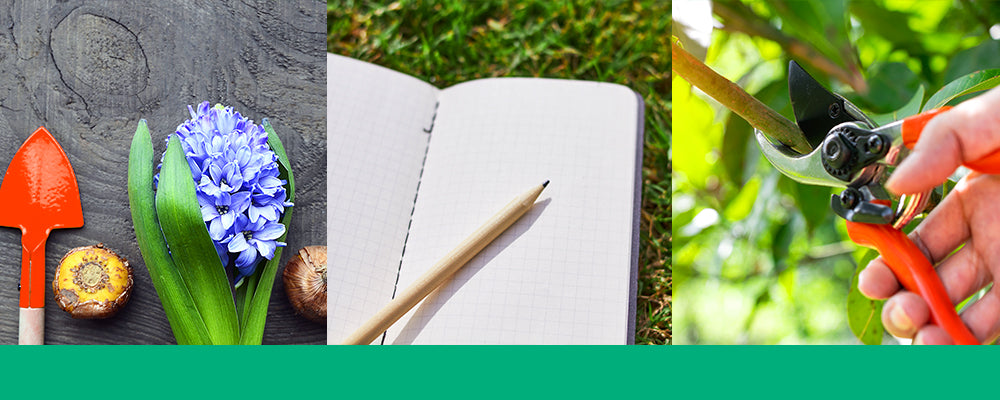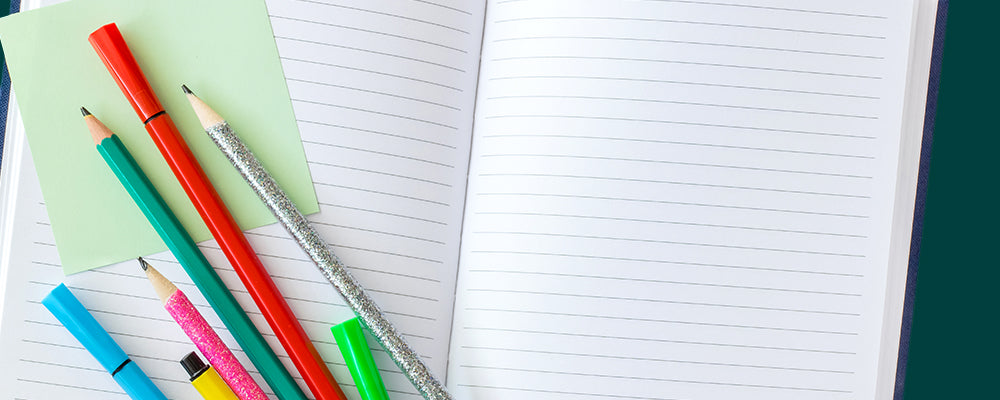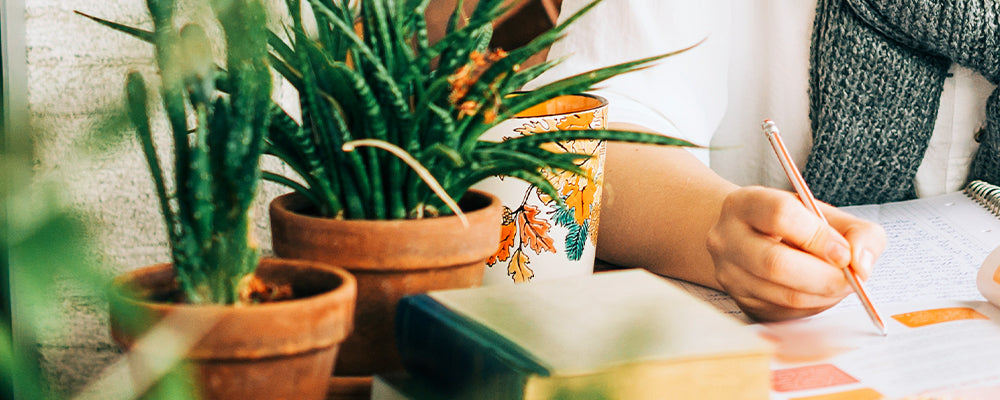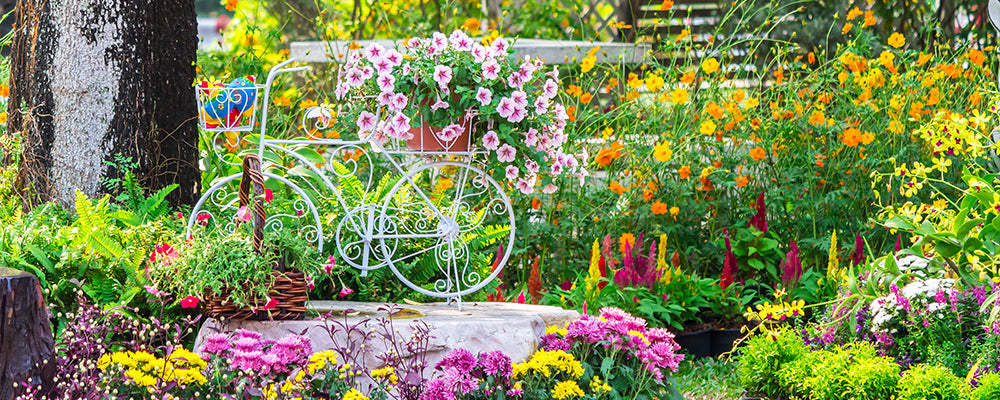The Benefits of Garden Journaling
Posted by Brent & Becky's Admin on


As our plants grow through the season, we grow too, learning about what our gardens need to survive and thrive. While we might think we’ll remember what crops we put where, when the butterflies stopped by our yards, and when the frost dates occurred, chances are we won’t remember all the details. But keeping a garden journal can counter this, helping us achieve all of our gardening goals.
What Is a Garden Journal, and What Are the Benefits?
A garden journal is simply a place to record what happens when in your garden. It’s a place to keep track of successes and failures, pest problems and solutions, what worked well where, and gardening expenses, among other information.
Having this recorded all in one place means you can build on your gardening knowledge year after year. When you journal for a few years, patterns and connections will emerge — for example, knowing the conditions when certain pests appear will mean you can proactively target them the following year before they become a problem.
Keeping a garden journal not only helps you better understand your plants’ needs, but also is a way to track memories — maybe your favorite bulb bloomed just in time to create a cut arrangement for your birthday, perhaps this was the year you had the tallest Alliums on the block, or maybe you had a dream about the perfect garden design for the following season.

How to Start Your Garden Journal
There are as many ways to create a garden journal as there are types of lilies — in other words; the options are nearly endless. You can use a basic notebook, a blank calendar, or a computer. Use what you feel comfortable with, but don’t be afraid to get a bit creative! We prefer to start with a simple notebook, then fill it in using brightly colored pens and markers and then decorate it with dried flowers and collages using photos from gardening magazines and greenhouse flyers.
While starting your journal in early spring as you prepare for the gardening season is perhaps the most obvious time to begin, you can start tracking your garden whenever! Even mid-season, you’ll record useful tips for next season. So whenever you’re reading this is exactly the right time to start!

What to Include in a Garden Journal
Now that your journal is looking just as beautiful as your garden, it’s time to put it to use! Here are some items to consider including in your garden journal.
Sketch: You don’t have to create a masterpiece, but include a rough sketch of where you planted what and the dimension of each plot. This is helpful when it’s time to weed since you won’t accidentally remove an intentionally grown plant, plus it’s useful to know in case a plant doesn’t perform as you expected, and you can try a different spot the next year if needed.
List: Make a list of all the bulbs, seeds, and plants you grow, recording the exact brand and variety to reference the following year. It’s a good idea to hold on to the packages for a couple of years since there is useful information on them about the plants. Keep these in a pocket in your journal.
Calendar: Keep track of when you start each plant and when you expect it to mature. This way, you can plan to have your garden always in bloom. This is helpful in the planning stages of gardening, but even if you start your calendar mid-season, it can be useful to know what’s to come.

Log: This is where you record everything that goes on in your yard. Include the first and last frost dates, when pollinators like hummingbirds and butterflies stop by, weather conditions, soil amendments and fertilizers added, problems with pests or diseases, when flowers bloom, and just the general state of your garden. As long as you include a date for each entry, it will be valuable information to look back on for upcoming years. Since there is so much information to log, you can break this up into multiple sections if you prefer: for example, perhaps you’ll have a maintenance log, a weather log, and a pollinator log.
Expenses: Like any area of our life, from home repairs to groceries to extracurricular activities, it’s a good idea to keep track of your expenses, including those related to gardening. Include the cost for new tools, compost, bulbs, and seeds, or any repairs. This also can be a good reminder for future years to remind you when you last replaced certain tools.
Photos: As they say, a picture is worth a thousand words, and we think snapping a few garden memories and printing them off is a lovely finishing touch to add to your journal. If you prefer to keep your photos digital, you can always keep your garden photos all in one place where you can look back on year after year. But, call us old fashioned, we like the idea of printing the photos to have our entire garden journal in one book that we can take out into the yard with us.
Starting a gardening journal is incredibly useful to jot down helpful tips for upcoming years. Plus, it’s also a way to slow down in our busy world, remembering why gardening makes us so happy in the first place.
Share this post
- Tags: blooming, Brent and Becky's, brent and becky's blog, bulb, bulbs, companion planting, fall gardening, fall planting, flowers, garden, garden journal, garden journaling, garden planning, gardening, gardening tips, grow, journaling, planning, planting, planting bulbs, plants, season, seasonal gardening, seasons, spring bloom, spring bulbs, spring garden planning, spring planting


